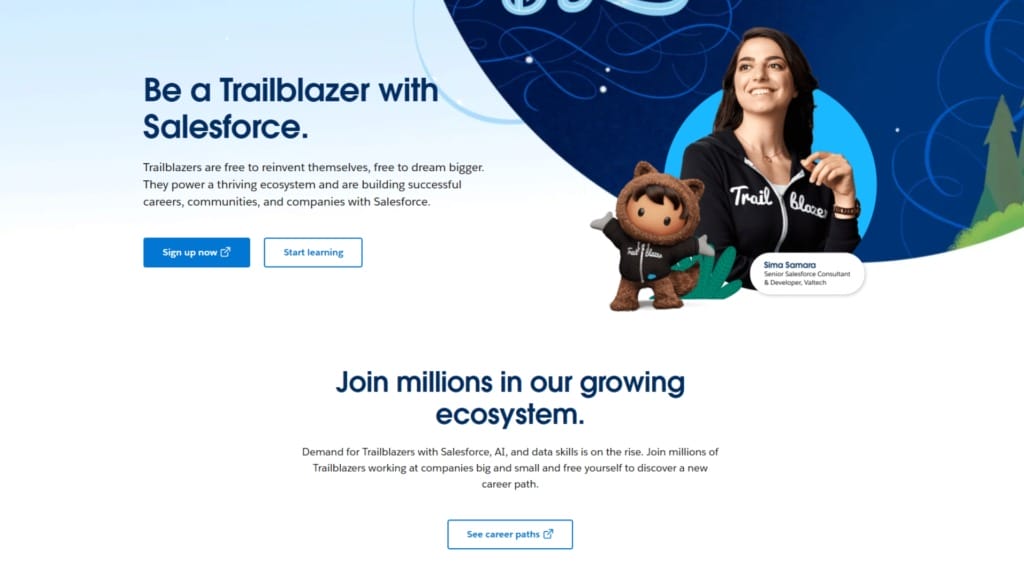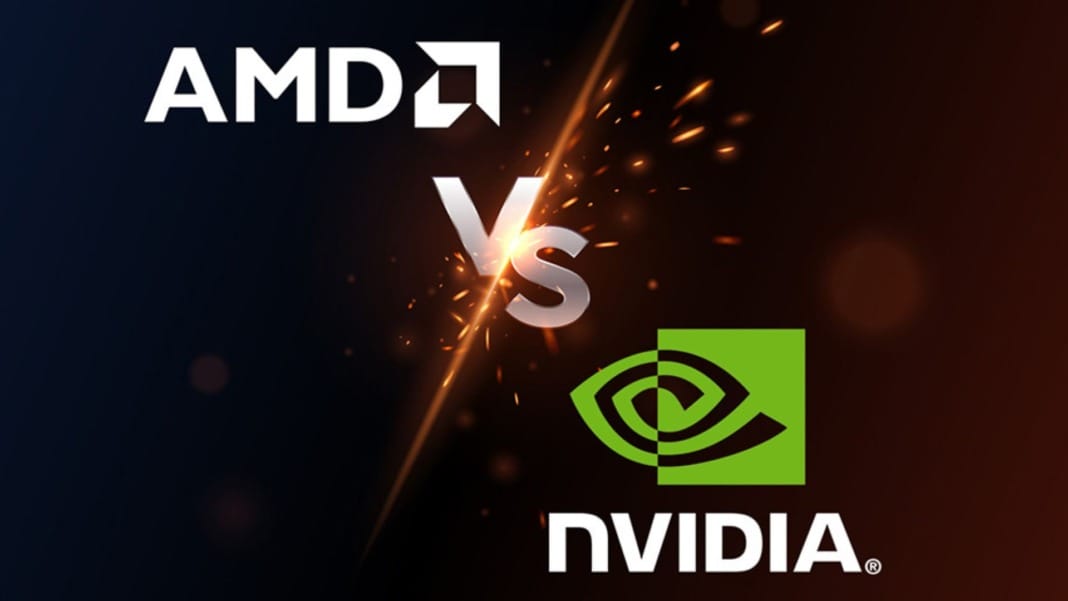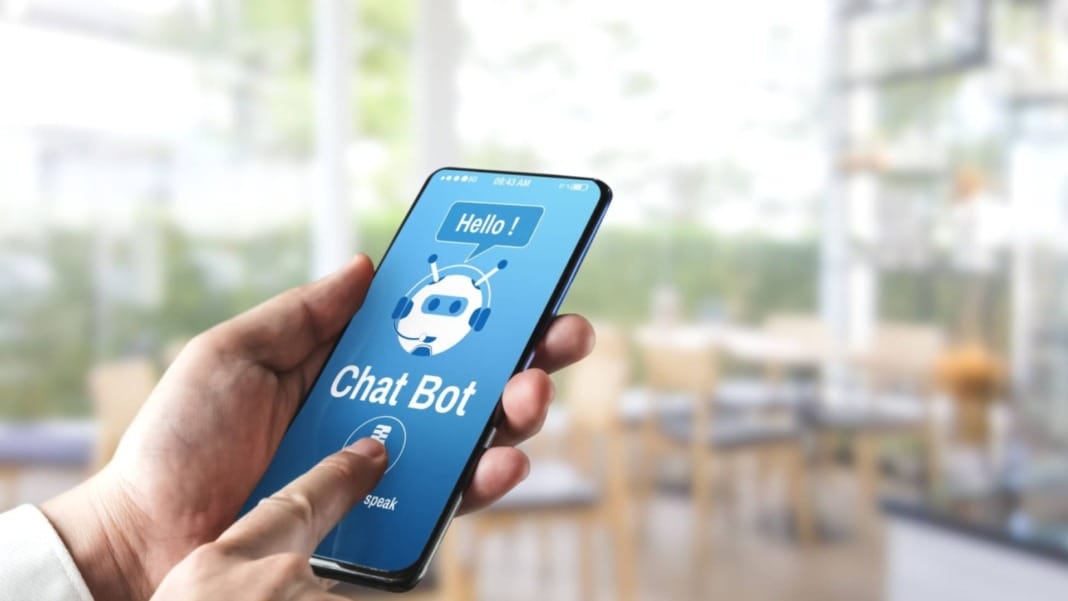For years, the B2B marketing funnel offered a clear path to growth. Start with awareness, guide prospects through consideration, and convert them into customers. This model worked well in a world where vendors controlled the information flow. But today’s buyers aren’t waiting around for marketers to lead them through stages. They’re making decisions in their own time, on their own terms.
In markets like APAC, where digital research is prevalent, 73% of the buying process is completed before a buyer contacts a supplier. Many buyers would rather avoid sales interactions entirely — 75% prefer self-service channels. This shift has made the old funnel structure less relevant. Marketing teams can no longer rely on predictable, linear interactions to nurture interest and convert leads.
Buying decisions also now involve more people and take longer to finalise. In APAC, the average B2B purchase involves around 13 stakeholders, each with their own priorities. These stakeholders join and exit the process at different times, creating unpredictable cycles. The result is a journey that’s fragmented, extended, and nearly impossible to map using a straight-line model.
To make things more difficult, buyers are overwhelmed with content. With so much information available online, 55% say it’s difficult to know who or what to trust. They don’t follow a clear path from blog to whitepaper to demo. Instead, they dip in and out of channels, revisit earlier stages, and often delay engagement with vendors. The funnel’s structured path simply doesn’t reflect the way B2B decisions are made anymore.
The buyer journey is a loop not a line
Rather than thinking in steps, today’s buyer journey looks more like a web of interactions. A potential buyer might first learn about a solution through a colleague’s LinkedIn post, then encounter it again in a messaging group weeks later, before finally landing on the vendor’s website via a search engine. These touchpoints occur out of order, often driven by internal discussions, peer influence, or organisational priorities.

A large part of this journey happens invisibly. Roughly 70% of research is done anonymously, with buyers consuming videos, reading case studies, and attending webinars without identifying themselves. This “dark funnel” presents a blind spot for marketers attempting to track impact through form fills or direct engagement alone. Yet this stage is where perceptions are formed, and vendors are shortlisted, often without their knowledge.
Buyers now trust peers more than brands. Over 90% of B2B buyers say they rely on information from industry colleagues over direct vendor messaging. Review platforms like G2, Capterra, and TrustRadius carry more weight than brochures or pitch decks. In APAC, messaging apps and local community groups are central to these peer discussions, shaping brand perceptions well before a salesperson gets involved.
Because of this, marketing’s role has shifted. It’s not just about pushing leads down a fixed path, but about consistently showing up in the places buyers already trust. Whether through independent reviews, events, or expert content, the objective is to support buyers throughout their journey — not to control it. Embracing this complexity allows brands to become discoverable at the moments that matter most.
Why marketers are embracing the flywheel
The flywheel has emerged as a more accurate model for how growth happens. Unlike the funnel, which ends once a deal is closed, the flywheel continues spinning, driven by customer satisfaction, retention, and advocacy. It puts the customer at the centre and sees marketing, sales, and service as equally responsible for momentum.
The benefit of this approach is compounding growth. HubSpot’s data shows that 73% of new business can come from current customers — through referrals, upsells, or word-of-mouth. This is even more pronounced in APAC, as tight business communities often lead to one good customer opening doors to many more. A flywheel strategy captures this potential by treating the post-sale experience as a growth driver, not a hand-off point.
What also makes the flywheel model powerful is its ability to break down silos. When marketing continues engaging customers after the sale through thought leadership, training content, or exclusive events, it builds stronger relationships and deeper loyalty. Meanwhile, customer success and sales teams feedback insights that help marketing stay relevant and helpful.
By investing in retention and ongoing engagement, companies create self-sustaining momentum. Brands like Atlassian and Salesforce have built loyal user bases in APAC by fostering customer communities, offering ongoing value, and showcasing real user success stories. The result? Customers stay longer, spend more, and actively promote the brand, helping to grow the business far beyond the initial deal.
Building strategies for the new journey
A modern B2B strategy must reflect the complexity of today’s buyer behaviours. The first step is reshaping content. It’s no longer enough to create generic ebooks or case studies. Companies need assets that suit every stage and stakeholder — from bite-sized blog posts to in-depth technical guides, ROI calculators, and onboarding toolkits. Buyers now consume 3–7 pieces of content before talking to sales, so relevance and variety are key.
Account-based marketing (ABM) has become a central tactic in modern strategies. Rather than casting a wide net, ABM focuses on high-value accounts and delivers personalised experiences to decision-makers. Secure Code Warrior’s ABM rollout in APAC is a good example. They aligned marketing, sales, and customer success to pursue named accounts collaboratively, creating tighter engagement and better outcomes.

Don’t overlook the role of customer success in marketing. It is a support function and a key driver of growth. Running customer webinars, featuring success stories, or building community platforms can deepen loyalty and increase referrals. Salesforce’s APAC Trailblazer programme shows how powerful this can be when localised and community-driven.
Lastly, data and automation allow businesses to scale personalisation. Tools that detect buyer intent and score engagement across accounts enable teams to identify the right time to act. Automation ensures timely responses, while analytics reveal which touchpoints contribute to decision-making. In fragmented regions like APAC, where buyer preferences vary by country, these tools also allow for tailored approaches at scale.
Measuring success in a post-funnel world
A reimagined buyer journey requires reimagined metrics. Traditional lead scoring methods, such as Marketing Qualified Leads (MQLs), have become less effective. Studies show that 98% of MQLs never result in closed deals. They often measure form fills, not buying intent, creating disconnects between marketing and sales and not reflecting real business impact.
Successful teams are shifting towards account-based metrics. Rather than scoring individual leads, they focus on Marketing Qualified Accounts (MQAs)—accounts where multiple stakeholders are showing interest. Some also use metrics like Marketing Qualified Opportunities (MQOs), which better reflect marketing’s contribution to the pipeline, not just lead gen.
Multi-touch attribution is another essential part of the toolkit. B2B buying is complex, and no single touchpoint drives a decision. That’s why marketers are using tools to track influence across the journey. Whether it’s a whitepaper, a LinkedIn ad, or a peer referral, each interaction plays a role. Instead of pipeline sourced, pipeline influenced becomes a more realistic measure.
Finally, marketers are increasingly responsible for post-sale metrics. Indicators like Customer Lifetime Value (CLV), Net Promoter Score (NPS), and Net Revenue Retention (NRR) now feature prominently on dashboards. These metrics reflect not just acquisition performance but also the effectiveness of long-term engagement strategies. In APAC, where referrals and long-term partnerships are key, measuring lifetime impact is essential for sustained success.





